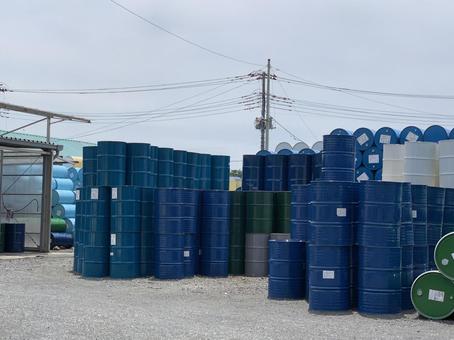Tanks have long been the indomitable giants of the battlefield, 1톤용기 representing the pinnacle of armored warfare. These formidable machines have played a pivotal role in conflicts throughout history and continue to be a cornerstone of modern military operations. From World War I to the present day, tanks have evolved significantly, adapting to the changing dynamics of warfare while maintaining their status as the undisputed powerhouses on the battlefield.
The Birth of a New Era: The genesis of tanks can be traced back to World War I when the British Army introduced the Mark I tank in 1916. These early tanks were relatively slow and unreliable but marked a groundbreaking shift in military tactics. They provided infantry with much-needed protection and firepower, changing the course of trench warfare. Over time, tanks underwent rapid development, resulting in increased mobility, better armor, and more formidable weaponry.
World War II: Tanks Reach Their Zenith: World War II saw the zenith of tank warfare. Iconic tanks like the German Tiger and Panther, the American Sherman, and the Soviet T-34 became symbols of military might. These tanks were characterized by their powerful guns, heavy armor, and exceptional mobility. The tank battles on the Eastern Front, such as the Battle of Kursk, showcased the devastating impact of tanks in head-to-head combat, forever cementing their importance in modern warfare.
Modern Adaptations: In the post-World War II era, tanks continued to evolve. The development of composite armor, advanced targeting systems, and sophisticated communication technologies made tanks even deadlier and more versatile. The introduction of Main Battle Tanks (MBTs) like the American M1 Abrams and Russian T-90 marked a new era in tank design, combining firepower, mobility, and protection in a single package.

